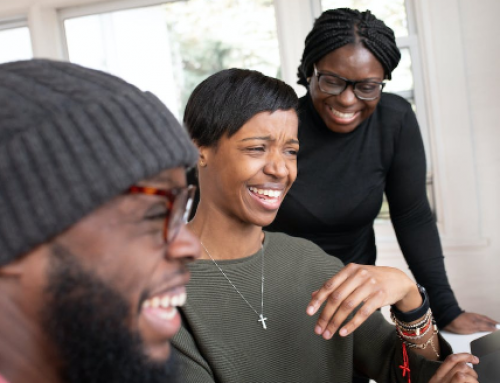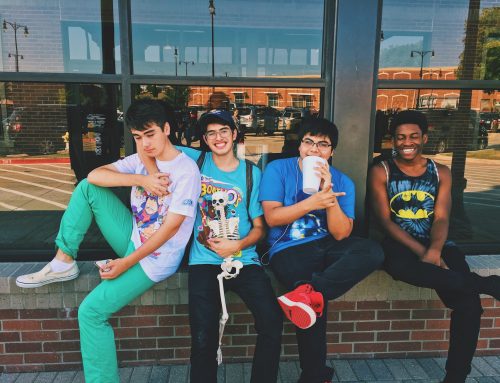Guest Blog by Jenny Wang, M.A., LPC
It was the middle of a difficult freshman year of college, and I found myself waiting in my lawyer’s office for the deposition to begin. I had been dreading this for weeks, so I called my most trusted confidant to pass the time. Finally, I was called in to meet with the opposing party’s attorney and the questioning began. I’m sure there were many questions that were focused on the specific recollections regarding the collision I was a survivor of.
However, the questions that still burn clearly in my mind more than twenty years later were the ones centered around my (then) current emotional state:
Do you sleep significantly less or more than you did before the accident?
Yes, more.
Do you feel detached from other people?
Yes.
Do you have problems concentrating?
Yes.
Do you sense that your future has shrunk (for example, you don’t expect to have a career, marriage, children, or normal life span)?
Yes.
And so on…. Yes. Yes. Yes. All the questions that were asked were answered with Yes. I noticed the subtle shift and look of discomfort or sadness on the attorney’s face, and at that moment I finally understood that the way I had been feeling for the past couple of years after the accident I was in, the one that took the lives of 5 of my friends and a local church and ethnic community devastated, was more than time could heal. I shared with my parents and began counseling shortly after, but it wasn’t until I was in graduate school getting my counseling degree that I finally put a name on what I experienced: Post Traumatic Stress Disorder.
Post Traumatic Stress Disorder, or PTSD for short, can occur when an individual experiences a traumatic event in which actual or threatened death, serious injury or violence occurs. The general symptoms of PTSD include all of the following (for the detailed DSM-V definition, go to http://www.ptsd.va.gov/professional/PTSD-overview/dsm5_criteria_ptsd.asp):
- Reliving the trauma either through flashbacks, dreams, memories or triggers. Note that, for children, this can manifest itself in their play.
- Avoiding people, places, situations, or things that remind one of the trauma.
- Avoiding emotions and staying numb as a subconscious method to keep the memories and the feelings they invoke far away.
- Feeling on edge, or having an increase in emotional arousal. Again, this is a subconscious reaction that occurs because one feels the need to be vigilant and on the look out for danger.
Teenagers are often my favorite clients and I believe that my own personal experience and journey through PTSD helps me connect with them instantly. I understand their struggles and questions because I’ve been there. Although most of my clients are working through anxiety, depression or navigating life change, they each comprise portions PTSD. Depression often manifests itself as numbness, anxiety as avoidance and edginess, and life never being exactly the same is a logical outcome of trauma. With that said, one of the main differences I tend to see in a teen client with PTSD is the feeling of being “detached”, or dissociated. They tend to feel like there are moments when they watch life go by in a sort of haze instead of being an active participant in it. Emotions and feelings end up being something to avoid because the fear was so overpowering in the midst of the trauma, and many teens will actually find solace and pride in being unemotional and stoic.
The teen years can already be difficult to navigate, and the addition of a traumatic life event may leave a parent feeling overwhelmed with an onslaught of questions and emotions. I often tell my teen clients and their parents that the moment they pick up the phone and ask for help, they are taking the most courageous and beneficial step in the healing process that can teach them coping techniques and tools for life. Even greater than those tools, however is the insight clients gain from working through their distorted and fearful thoughts and beliefs about themselves and the world and facing their difficult emotions in a safe and objective environment. Through this work, clients will see that their behaviors will begin to change. Each step takes courage, but through the process, clients will see the strength that they have and learn to trust themselves and their place in this world again.





